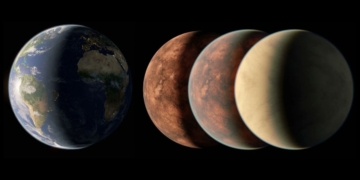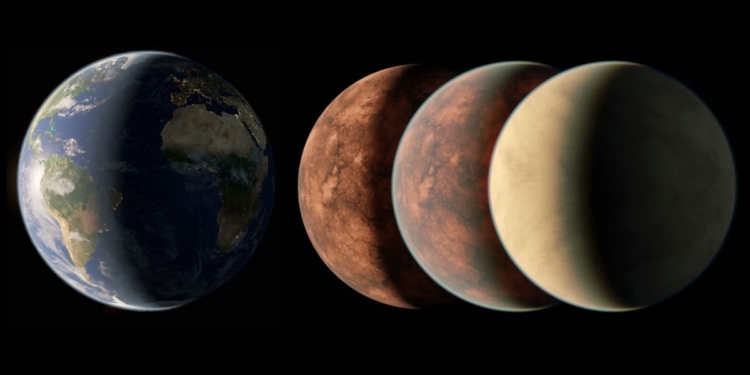A group of academics has identified a planet that could potentially support life.
They’re describing Gliese 12 b as a planet within the habitable zone of its own solar system.
The planet orbits a red dwarf star 40 light years away from the Earth in the Pisces constellation.
University College of London scientist Larissa Palethorpe co-led the research into the planet with University of Southern Queensland astrophysicist Shishir Dholakia, according to Space.com.
The team used NASA’s Transiting Exoplanet Survey Satellite (TESS) to identify the world.
Using NASA’s TESS telescope and other facilities, astronomers discovered a new temperate, Earth-sized world that could unlock key questions about habitability and our solar system’s evolution. Learn more about Gliese 12 b, which is well-suited for further study by @NASAWebb:… pic.twitter.com/Lkb8qC1v2T
— NASA Astrobiology: Exploring Life in the Universe (@NASAAstrobio) May 24, 2024
The planet orbits a red dwarf star, a celestial body far smaller than the Earth’s sun, according to NASA.
As a result, scientists view the “habitable zone” of red dwarf stars as far closer to them than that of Earth’s sun.
One year on Gliese 12 b lasts just under thirteen days, but it’s thought the world could have a surface temperature of 107 degrees Fahrenheit — comparable to a summer day in Arizona or Texas.
These conditions could be amenable to the existence of liquid water.
Palethorpe spoke of the discovery’s significance.
“To find it to be such a similar size to Earth was kind of a lovely surprise.”
“So that was a really nice thing to be able to nail down, but I think especially knowing that, in terms of habitability, it could lie between Earth and Venus, is really exciting.”
In spite of the planet’s potential for supporting life, mankind has no way to accurately survey the distant world yet, according to Palethorpe.
“I think Gliese 12 b will teach us a lot about life, but we can’t say anything for certain.”
“It’s not a bad place to start on a hunt for life.”
The team of academics behind the research are affiliated with numerous universities and institutions across the globe.
They published their research in a monthly notice of the Royal Astronomical Society on Friday.
This article appeared originally on The Western Journal.


























 Continue with Google
Continue with Google